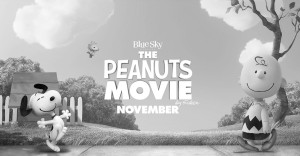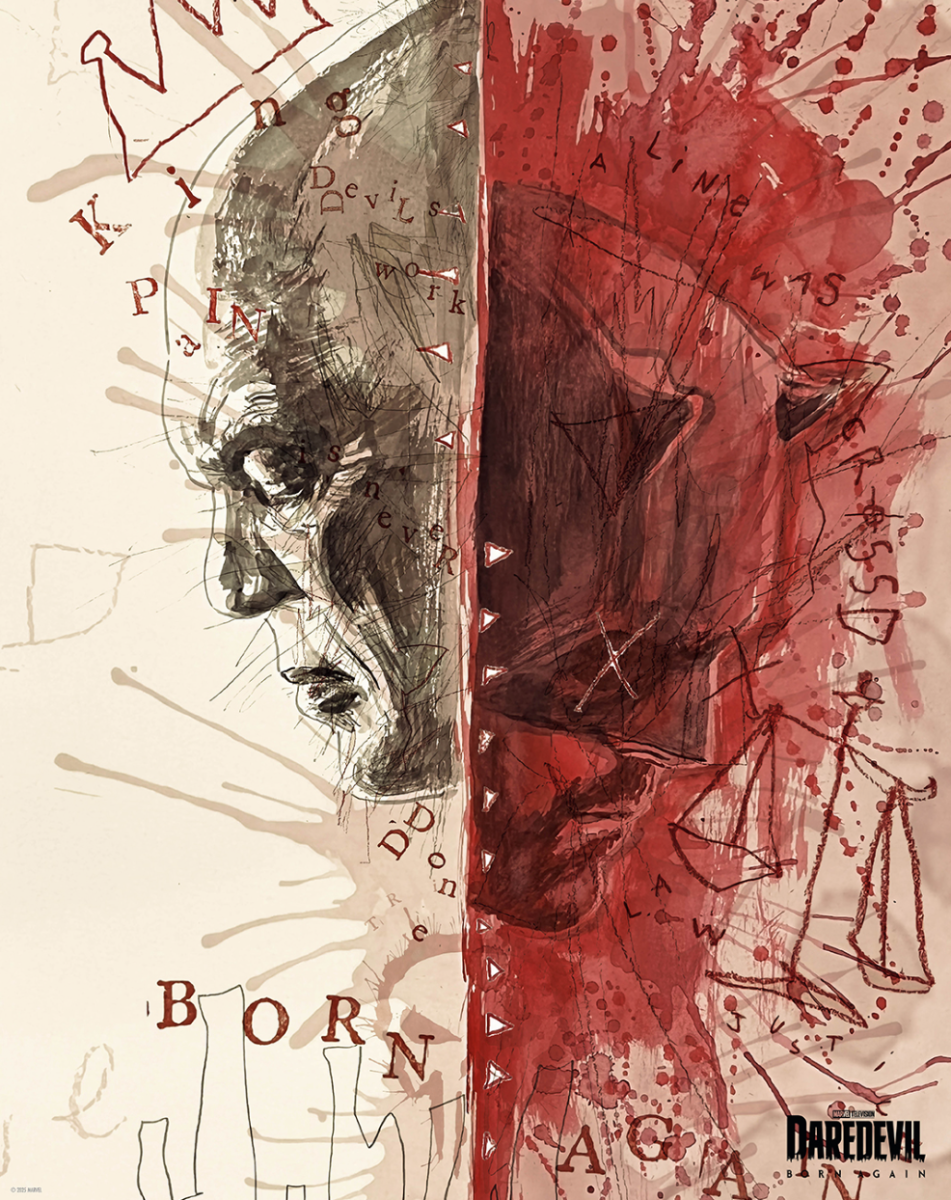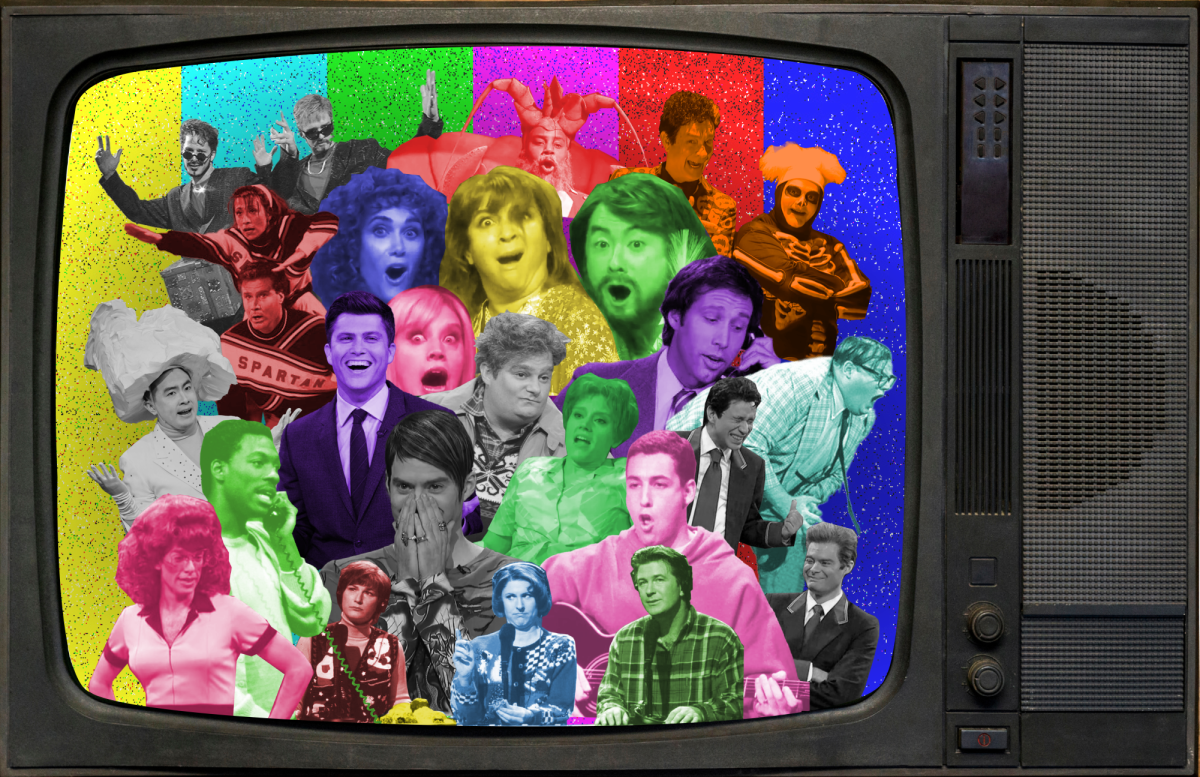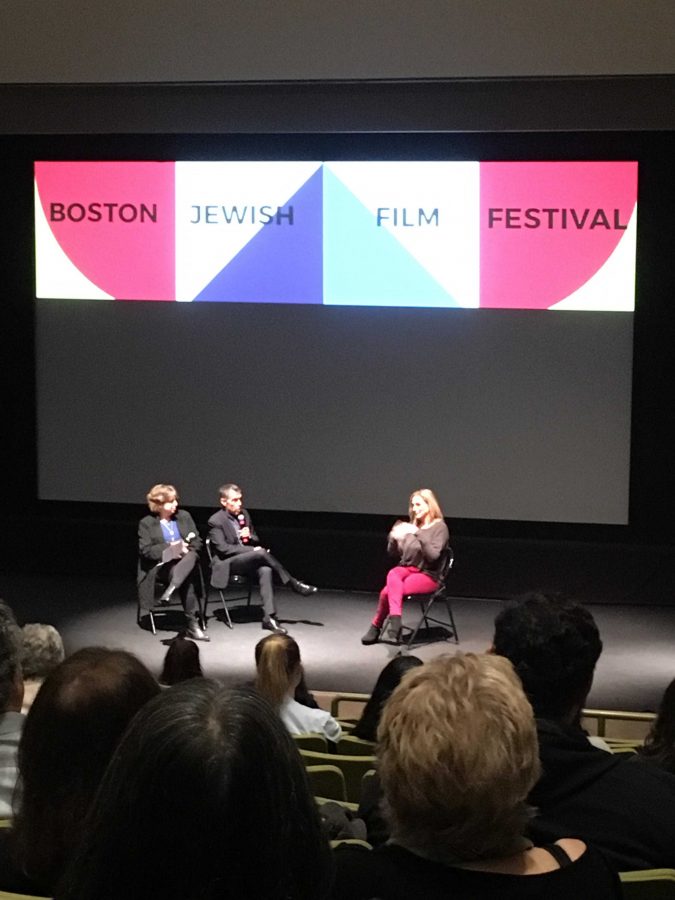
By Lisa Nault
Staff Writer
From the creative mind of cartoonist Charles M. Schulz, the famous “Peanuts” comics are brought to life on the big screen with a new look—3D computer-generated animation.
After a 35-year hiatus, the “Peanuts” are back in theaters, and while many people are excited to see their favorite characters return, there are some who have mixed feelings about the 3D animation. Audiences everywhere have seen the “Peanuts” characters in their traditional 2D form, either in comic strips, holiday specials, or other feature films, so it makes sense that people would be taken aback by this change.
Once the first impression of the 3D style fades away, the audience is left with the same lovable characters and a nice storyline. The 3D does not necessarily add anything new to “Peanuts,” but it does not take anything away from them either. It is a different form in which to tell a new story. There will be some people out there who will not be able to look past the new form, and that is okay. However, if you are able to and even enjoy the revamped look, then you will have fun watching “The Peanuts Movie.”
Also, the charm of the simple 2D animation is not completely lost in the movie. When Charlie Brown is thinking and has a thought bubble appear over his head, the animation of his thoughts are in 2D.
By making this artistic choice, director Steve Martino has indulged the viewer’s nostalgic cravings. They get to witness their underdog hero as he was when they first saw him, but they also get the chance to see Charlie Brown’s evolution in today’s modern media.
“The Peanuts Movie” does a great job capturing the specific characteristics that audiences love about the Peanuts characters. Snoopy is as energetic and spontaneous as ever, Charlie Brown is a kind-hearted but anxious kid, Lucy is full of sass and spunk, and so on. The characters stay true to themselves, much to the delight of the viewers.
While “The Peanuts Movie” is enjoyable, it is not without its flaws. One annoying detail that the movie contains is the fact that the new girl, one of the big reasons for Charlie Brown to strive for success in his life (the plot of the film), has no name. She is simply referred to as the little red-haired girl, even in the credits. It is particularly irritating when the film goes out of its way to avoid not giving her a name.
For example, when Charlie Brown pulls a name out of a jar to find out who his partner is he exclaims to himself “the little red-haired girl!” All of the previous characters said the name of their partner out loud—for the obvious reason that the other classmates need to know who they are working with for the project. It is a small detail, but to have the entirety of a character lie in the color of somebody’s hair is lazy.
The audience knows nothing about this girl. What is her personality? Her defining characteristics? Her name? All that the viewers do know is that Charlie Brown likes her and she has red hair.
The movie also has a subplot that is rather pointless that involves Snoopy and Woodstock. Snoopy finds a typewriter and creates a story about his adventures as a pilot trying to save a poodle from an unseen villainous pilot. Throughout the film, the audience watches Snoopy daydream and Woodstock critique his writing when the main plot is put on the back burner. It is amusing at points but is overall irrelevant to the rest of the feature.
“The Peanuts Movie” had a few flaws, but nothing detrimental enough to ruin the film. It is charming, funny, and sweet. It keeps the heart of the characters intact and tells an important story about what it means to be successful. A valuable lesson the movie provides its viewers is that success can be defined in many ways. You do not have to be the best at something and win medals or trophies to be a winner. You can be successful in being a good friend, sibling, pet owner, and so on.
“The Peanuts Movie” is a great film to see when you want to watch something light-hearted that will make you feel happy. The voice-acting is done well, the jokes are clever, and the story is simple but has a good message for audiences to take away as they leave the theatre.


















